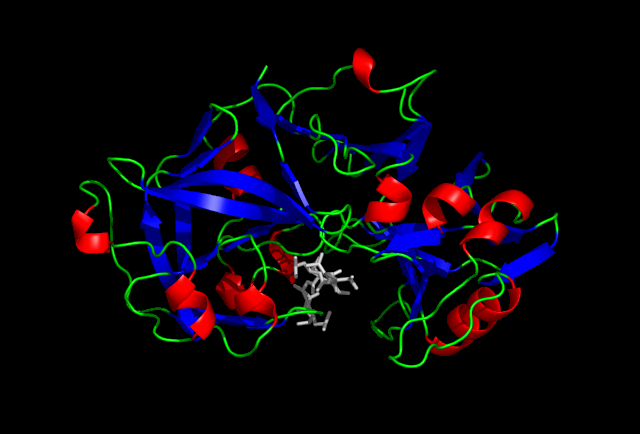Preliminary ADMET Prediction
The prediction of the ADMET (absorption, distribution, metabolism, excretion, and toxicity) properties plays an important role in the drug design process as these properties account for the failure of about 60% of all drugs in the clinical stage. Based on diverse computer models and huge pharmacological databases, Creative Biolabs can accurately predict these properties, helping customers to remove molecules with poor ADME properties from the drug development pipeline and greatly reduce R&D costs.
Overview of Preliminary ADMET Prediction
In drug development, preliminary prediction of ADMET properties is important stepping stones to avoid costly and unnecessary failures. Quickly and accurately predicting these properties can be very helpful in making decisions that determine the success of a project. In recent years, there have been considerable advances in both the quantity and the quality of computer-based (in silico) ADMET properties prediction, and various in silico models have been developed to predict such properties. Most ADMET properties are now computable, and the accuracy of some of the software predictions for physicochemical properties is particularly close to that of measured data. With the availability of various databases, a lot of effort has been invested in model development to predict ADME properties. Generally, two types of computational approaches are used: molecular modelling and data modelling.
- Molecular modelling: molecular modelling includes methods such as protein modelling, which uses quantum mechanical methods to assess the possibility of interactions between the small molecules and proteins known to participate in ADME processes, such as cytochrome P450s. This requires knowledge of the three-dimensional structure of proteins. If the protein structure is not available, it can be constructed by homology modelling of related structures. If there is no structural information about the protein, an alternative way to assess the interaction of small molecules with specific proteins is to use PHARMACOPHORE models, which is based on the superposition of known substrates of the protein.
- Data modelling: for data modelling, quantitative structure-activity relationship (QSAR) approaches are typically applied. Since the 1960s, QSAR and quantitative structure-property relationship (QSPR) studies have been performed with a variety of biological and physicochemical data. These studies use statistical tools to search for correlations between a given property and a set of molecular and structural descriptors of the molecules in question.
Our Services
Creative Biolabs’ scientists have abundant experience in building QSAR and other models, using project data or published data, to predict ADMET properties of new compounds and support multi-parameter optimization during design. We can also use ADMET QSAR models established by software vendors to estimate these properties. Our ADMET predictions provide information on dose size and dose frequency, such as oral absorption, bioavailability, brain penetration, clearance (for exposure) and volume of distribution (for frequency).
|
Highlight features of our ADMET Prediction services:
|
|
Creative Biolabs provides a variety of hit characterization and hit identification services to help our clients accelerate the small-molecule drug discovery and development, as well as improve the overall success rate of projects. For more details on how we can provide innovative support to your project, please feel free to contact us.
For Research Use Only.

